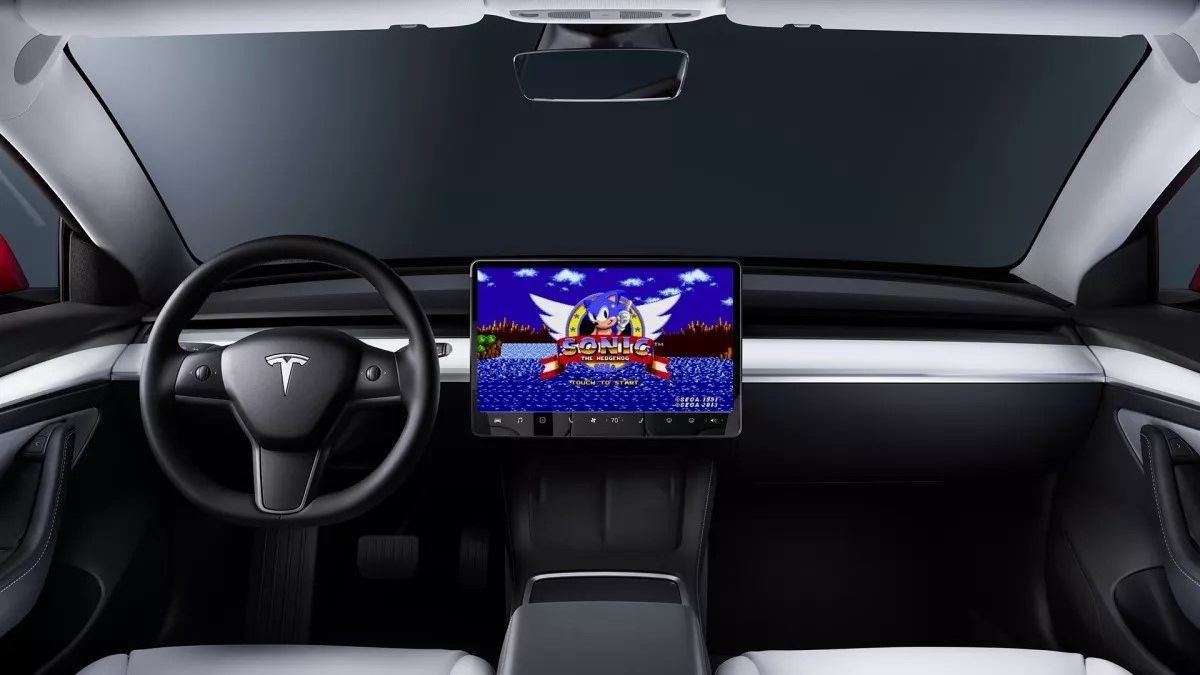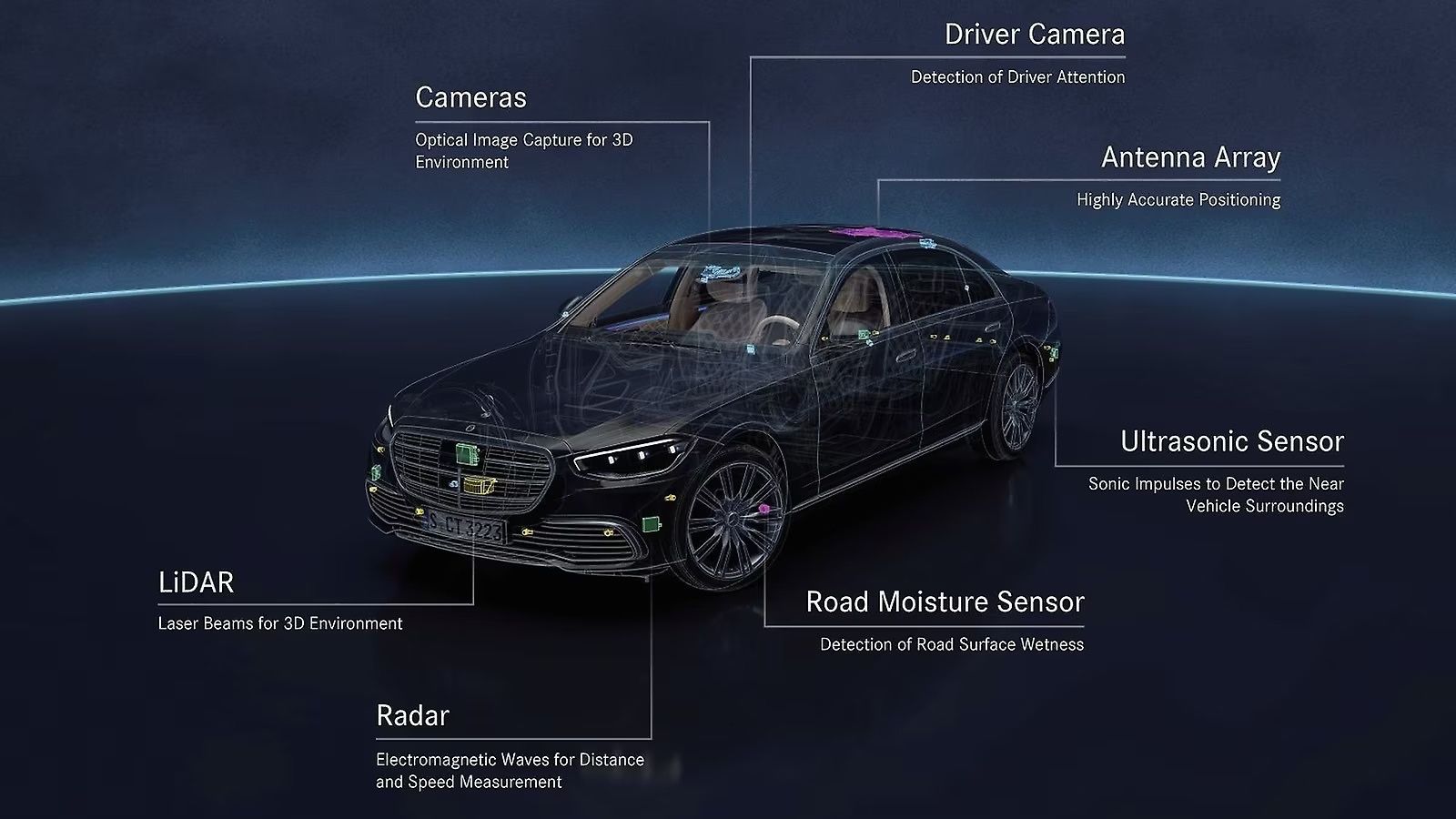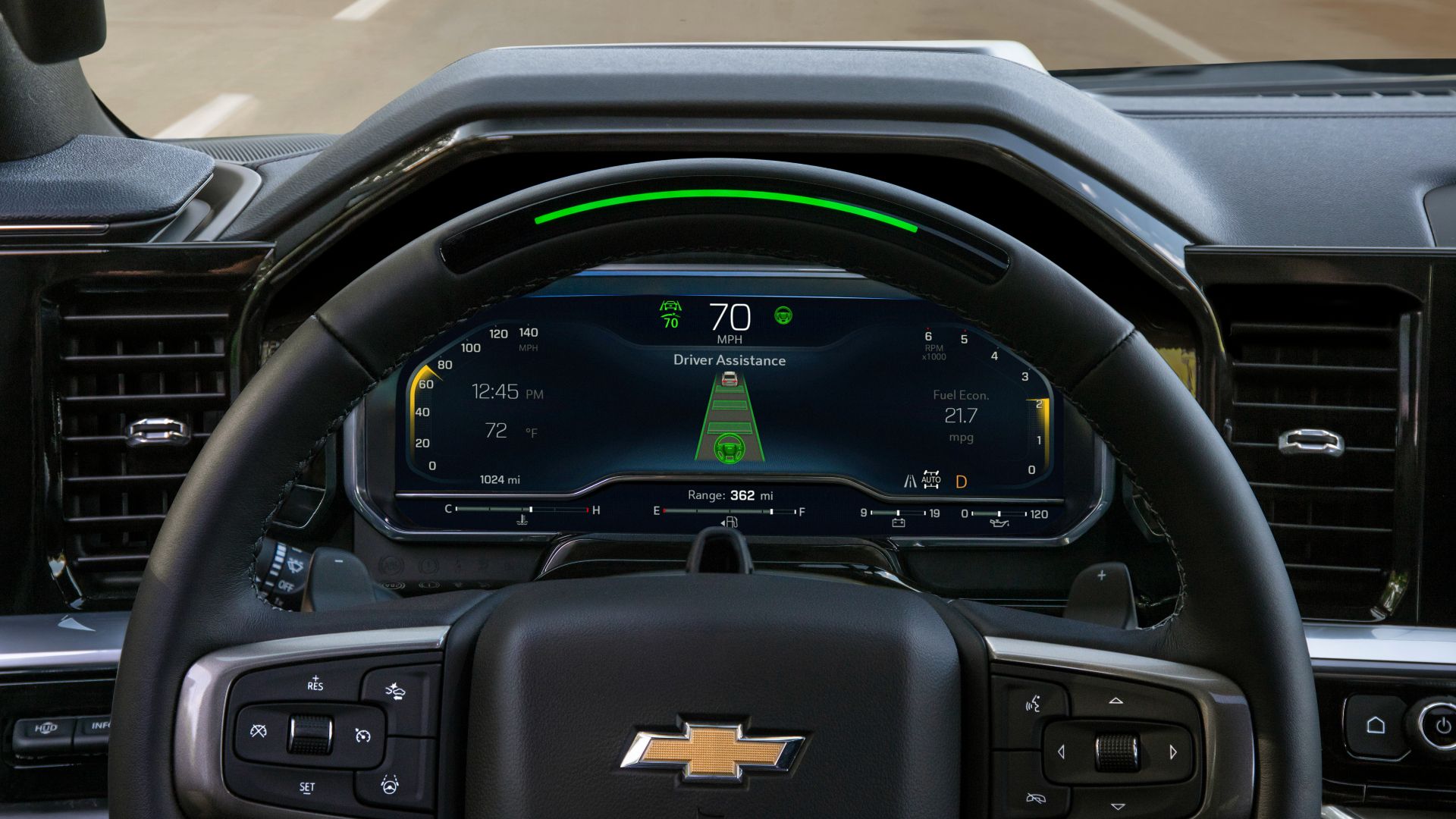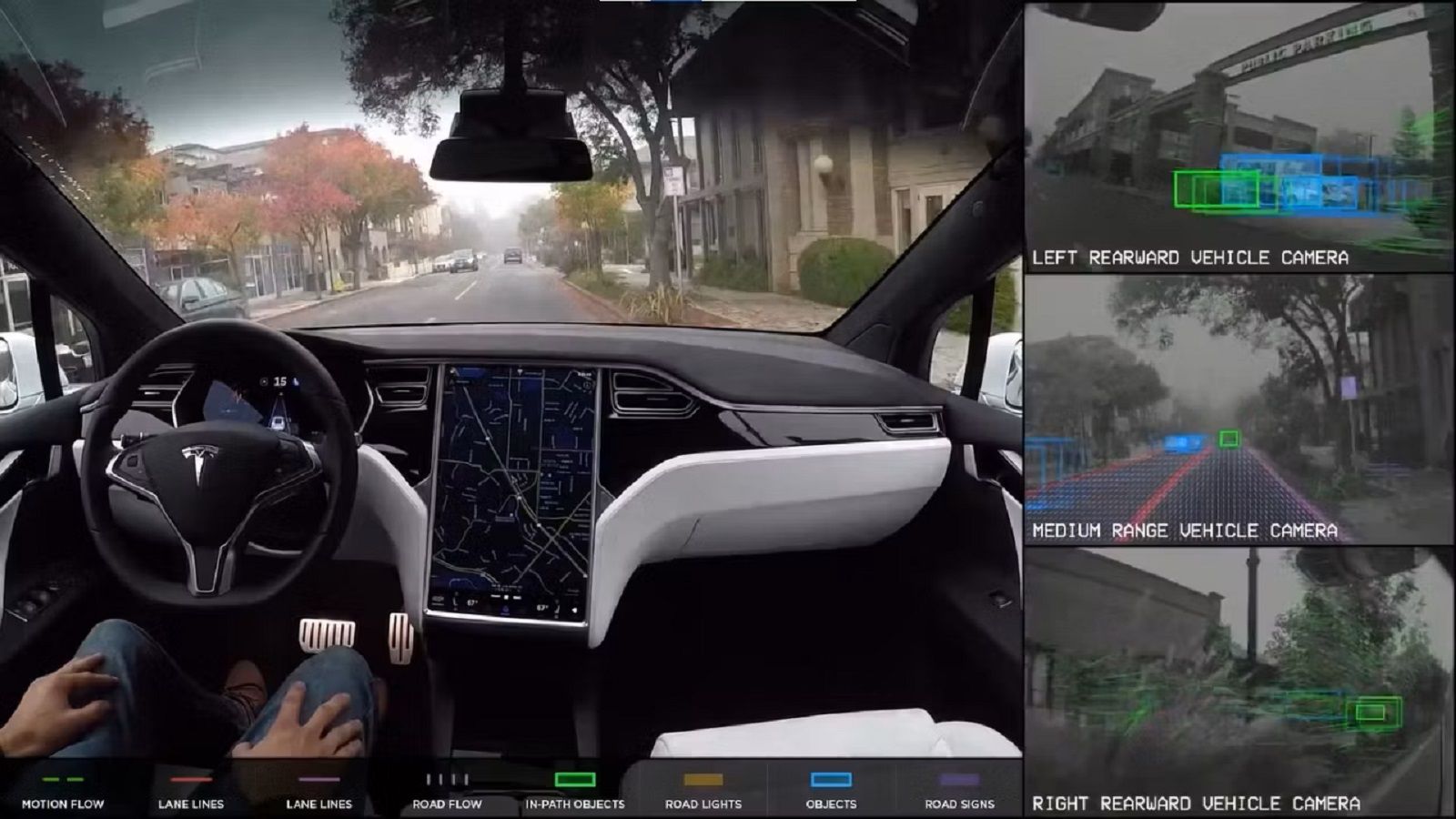
Tesla has experienced both immense success and notable criticism in its 15 years in the automotive industry. The company is renowned for pioneering modern electric vehicles and innovations like Autopilot. Tesla introduced the Autopilot feature in 2015, making it a breakthrough technology that generated excitement among customers. However, it quickly became the subject of criticism after accidents suspected to be caused by Autopilot occurred, leading to concerns about its safety.
The automaker has been accused of propagating misleading marketing gimmicks that gave drivers a false sense of safety. Additionally, other carmakers like GM, Mercedes, and Ford are developing better self-driving vehicles, posing increased competition for Tesla in the ADAS sector.
Updated on 10/22/2023: With Tesla’s Autopilot and self-driving features falling behind other car brands, there is a heightened sense of urgency to perfect Tesla’s ‘Vision.’ This article has been updated to reflect current Consumer Report testing of ADAS systems and new press information from Tesla regarding these results. Tesla will need to work overtime, but we’re sure they’ll have a breakthrough.
The information for this article has been sourced from Tesla, Consumer Reports, TopGear, Car and Driver, MotorTrend, and other credible websites and publications.
Controversies Surrounding Tesla’s Autopilot
- Many people consider Tesla’s Autopilot system unsafe despite its cutting-edge technology.
- Reports have emerged of the Autopilot feature not functioning as anticipated.
Tesla’s advanced driver assistance systems (ADAS) come in three different levels: Basic Autopilot, Enhanced Autopilot, and Full Self-Driving Beta. However, the names of these levels can be misleading. Tesla’s ADAS has faced controversy because of how it is marketed compared to how drivers use it.
One major concern is that despite being promoted as a safety-enhancing feature, Autopilot appears to endanger the driver’s life. There have been instances of drivers being arrested for being spotted in moving vehicles while the driver’s seat was empty. This suggests that some drivers mistakenly believe Autopilot can operate as a fully self-driving vehicle, allowing them to take their hands off the steering wheel and focus elsewhere.
Moreover, Tesla shareholders have filed a lawsuit against CEO Elon Musk, alleging that he exaggerated the functionalities of the Enhanced Autopilot and Full Self-Driving features. The National Highway Traffic Safety Administration (NHTSA) and the National Transportation Safety Board (NTSB) have taken notice of several accidents suspected to be caused by Autopilot as well. The investigations led to a recall of 363,000 Tesla vehicles due to concerns about the Full Self-Driving system not adhering to speed limits and posing risks at intersections.
Drivers have also reported incidents of sudden and inexplicable braking by Tesla cars, known as “phantom braking.” These incidents have resulted in further lawsuits against the company.
Next-Level Automated Driving Has Arrived
- The current level of automated driving technology is level three out of five.
- Tesla’s Autopilot and Full Self-Driving Beta fall under level two.
The Society of Automotive Engineers (SAE) categorizes driving automation on a scale from Level 0 to Level 5. Currently, the highest level achieved is Level 3, where the car can self-drive under certain conditions. Tesla’s Autopilot and Full Self-Driving Beta fall under Level 2, which requires constant supervision from the driver. Despite being named “Full Self-Driving,” these systems still require the driver to be ready to take control of the vehicle at any time.
Mercedes has become the first automaker to introduce a Level 3 automated driving feature called the Drive Pilot. This feature allows the driver to engage in activities like playing games, browsing the web, or watching movies on the car’s front screen, as long as the driver’s face is visible to internal monitoring cameras. Mercedes has received government approval to deploy this feature on public roads in certain jurisdictions.
Better Alternatives Are Available
- Ford’s BlueCruise and GM’s SuperCruise are considered better alternatives to Tesla’s Autopilot.
- Other car manufacturers have significantly improved their ADA systems.
According to Consumer Reports, Tesla ranks at position 7 out of 15 ADAS systems currently on the market. Ford’s BlueCruise emerged as the top-rated system, followed by Cadillac Super Cruise and Mercedes-Benz Driver Assistance.
Ford’s BlueCruise and GM’s Super Cruise have received acclaim for their direct driver monitoring systems (DDMS), which increase driver engagement and reduce dependence on the ADAS. These systems use head and eye-tracking infrared cameras to monitor the driver’s face and issue warnings if the driver’s attention drifts away from the road. In comparison, Tesla’s Autopilot allows engagement even in unsafe conditions, and its monitoring system has been criticized for being less effective.
ADAS are not suitable for all driving conditions, especially at Levels 3 and below. They excel in specific scenarios like traffic jams or long highway drives but pose risks in others like crowded pedestrian areas or off-road settings. Therefore, it’s essential to incorporate mechanisms that communicate to the driver whether it is safe to engage the ADAS.
Tesla’s Autopilot has been known to engage even in unsafe road conditions, such as when there is a lack of clear lane markings. This can result in the car veering dangerously close to the edge of the road. Ford’s BlueCruise, on the other hand, requires the driver to keep their hands on the steering wheel and eyes on the road, providing an added layer of safety.
It’s worth noting that fully autonomous vehicles are not yet a reality from any major car manufacturer. User participation and engagement are still required in all current ADAS systems.
Tesla’s Approach to Competing in the Market
- Global car manufacturers like Ford, Toyota, Mercedes, GM, and Volkswagen have significantly improved their ADA systems.
- Recent ADAS ratings position Tesla in the middle of the market.
Other global car manufacturers, including Ford, Toyota, Mercedes, GM, and Volkswagen, have made substantial advancements in their ADA systems, surpassing Tesla’s Autopilot and self-driving features. In recent tests, Ford’s BlueCruise ranked as the top-rated system out of 17 tested, followed by Cadillac Super Cruise and Mercedes-Benz Driver Assistance. Tesla now finds itself no longer leading the pack but positioned in the middle of the market.
Ford and Cadillac have surpassed Tesla in ADA systems and are rated among the top out of 17 tested vehicles (as of October 2023). Tesla is working on perfecting its ‘Vision’ ADA system, but it might be too little, too late for the company.
This change in market dynamics has brought urgency to Tesla, particularly at the leadership level. Tesla has transitioned to “Tesla Vision,” which relies on cameras around the vehicle instead of radar. The company claims that Model 3 and Model Y equipped with Tesla Vision have maintained or improved their safety ratings and pedestrian automatic emergency braking interventions compared to radar-equipped vehicles.
While other companies have caught up or surpassed Tesla in ADA systems, the competition poses a significant challenge. Tesla continues to strive for improvement, but only time will tell if they can regain their position as the market leader.



